How a Fence Contractor Defines and Protects Your Property Boundaries
The importance of establishing clear property boundaries cannot be overstated. These boundaries ensure proper usage of land, prevent disputes, and safeguard property rights. In this context, a fence contractor plays a crucial role in defining and maintaining these boundaries, providing expertise and precision. This article explores various aspects of property boundaries, the pivotal role of fence contractors, types of fencing options, and the maintenance and financial considerations involved.
Property Boundaries
The Importance of Accurate Boundary Lines
Accurate property boundary lines are essential for legal clarity and peaceful neighborly relations. They demarcate the exact areas of ownership and usage rights, thus preventing potential conflicts with adjacent property owners. Additionally, precise boundaries are crucial for tax assessments and utility services. By clearly outlining property lines, owners can ensure that any structural additions comply with zoning laws. As the global population and urban landscapes continue to expand, defining these boundaries becomes increasingly important.
Legal Implications of Boundary Misalignment
Additionally, boundary misalignments can lead to significant legal disputes and financial losses. Property encroachments, where one landowner uses or alters another's land, can result in disputes that may necessitate legal intervention. Courts often require the involvement of land surveyors and legal experts to resolve these conflicts, which can be costly and time-consuming. Additionally, a boundary misalignment might impact property sales, as potential buyers could be deterred by legal uncertainties. Therefore, initial clarity and accurate demarcation are essential to avoid such complications.
Tools and Technology for Determining Boundaries
Advanced tools and technology have revolutionized how property boundaries are defined. A modern fence contractor and land surveyor uses GPS technology and laser measuring devices for precise and efficient boundary determination. These tools allow for exact plot measurements, ensuring compliance with local zoning laws and regulations. Additionally, digital mapping and Geographic Information Systems (GIS) provide visual representations of property lines, adding another layer of precision. The integration of technology in boundary determination is crucial in the context of expanding urbanization.
The Role of Land Surveyors
Furthermore, land surveyors are integral to the process of defining property boundaries. They bring expert skills in measuring and mapping land areas, providing legally recognized documentation of boundaries. Surveyors' reports serve as definitive guides for contractors during the fencing installation process. Their expertise helps prevent disputes by ensuring all parties have a clear and agreed-upon understanding of boundary lines. According to Market.US, the global fencing market is expected to reach $34.54 billion in 2025 as urban populations grow, showing that the need for precise land surveying becomes increasingly important.
Common Boundary Disputes
Continuing, boundary disputes often arise from misunderstandings, outdated documents, or physical changes to the landscape. These conflicts may concern fencing, landscaping, or even property usage that extends beyond the defined boundaries. Resolution often requires legal mediation or arbitration, which can escalate costs and tensions. Preventive measures, like early involvement of surveyors and precise documentation, can mitigate such disputes. Transparent communication between neighbors and professional consultation are key to maintaining harmony and preventing conflicts.
The Role of a Fence Contractor
Initial Consultation and Planning
The journey to effective boundary protection begins with thorough consultation and planning with a fence contractor. During initial discussions, contractors assess the property, understand owner preferences, and address any concerns about boundary issues. This phase includes reviewing existing boundary reports and consulting with land surveyors to ensure clarity. Professional contractors also consider aesthetic desires and functional needs to propose suitable solutions. Effective planning lays the foundation for a successful fencing project by clearly defining legal and personal boundaries.
Selection of Materials and Design
Choosing the right materials and design is a critical step that involves balancing functionality, aesthetics, and cost. A fence contractor guides property owners through the plethora of options, each offering distinct benefits and drawbacks. Factors like climate, privacy needs, and maintenance willingness influence material selection. Contractors help translate these factors into design specifications, ensuring the fence fulfills practical requirements while enhancing property aesthetics.
Regulations and Permits
Regulatory compliance is paramount in any fencing project, as laws govern everything from fence height to placement and materials. Professional contractors navigate these legal waters, obtaining necessary permits and ensuring all installations adhere to local zoning laws. Failure to comply can result in fines and mandates to remove or alter non-conforming structures. Thorough understanding and adherence to regulations prevent legal complications, safeguarding the project’s success.
Installation Process
The installation process is the culmination of planning, requiring coordination between various parties to ensure efficiency and accuracy. Contractors carefully prepare the site, marking boundaries and confirming measurements against survey maps. Coordinated installation of fence posts and panels follows, with attention to foundational stability and alignment. The process entails meticulous attention to details such as slope adjustments and property-specific requirements, ensuring each component fits perfectly. Professional installations provide durability and aesthetic value, creating lasting solutions for property protection.
Handling Challenging Landscapes
In addition, challenging landscapes, such as uneven terrain or obstacles like trees, require specialized techniques for effective fencing installation. Experienced contractors use their expertise to adapt designs, employing creative solutions to address elevation changes. This may involve terracing, custom post lengths, or flexible materials that contour to the landscape. Such adaptable methods ensure fence integrity and visual appeal regardless of the underlying geography.
Types of Fencing Options
Wooden Fences
Furthermore, wooden fences from a fence contractor are a classic choice, known for their aesthetic appeal and customization options. They offer great flexibility in terms of design, able to seamlessly integrate with most home styles. However, wood is susceptible to environmental damage and requires regular maintenance, including sealing and treatment against pests. Despite these drawbacks, wood remains a popular option due to its affordability and ease of installation.
Vinyl Fences
In addition, vinyl fences are lauded for their durability and minimal maintenance requirements. Made from PVC, vinyl is resistant to rot, pests, and moisture, maintaining its appearance over time with little effort. Additionally, vinyl is available in various styles and colors, offering versatility similar to wood without the upkeep demands. However, vinyl can be more expensive initially and may become brittle in extreme temperatures.
Metal Fences
Metal fencing options such as aluminum, iron, or steel offer robustness and longevity. These materials provide strong security, weather resistance, and a range of designs from decorative wrought-iron to sleek modern aesthetics. Metal fences can be costly but require minimal maintenance compared to wood, with powder coatings providing additional protection. Their durable nature can withstand harsh climates, offering significant long-term returns on investment.
Composite Fences
Composite fencing combines natural wood fibers and plastic polymers to offer the authenticity of wood with enhanced durability. These fences resist rot and pests, require no staining, and are available in various colors and textures. While initially more costly, composites are valued for their long-term cost-effectiveness given their low maintenance needs. They provide an environmentally friendly option, often using recycled materials in their construction.
Sustainable and Eco-Friendly Options
Eco-conscious fencing options are gaining popularity as environmental awareness grows. Materials like bamboo, reclaimed wood, and recycled metals offer sustainable solutions without compromising on style or durability. These options reduce waste and resource consumption, aligning with broader environmental goals. Moreover, green fencing solutions can enhance ecological harmony by supporting local wildlife and maintaining natural landscapes.
A professional fence contractor plays a fundamental role in defining and protecting property boundaries. Their expertise ensures accurate legal compliance, effective material selection, and high-quality installations tailored to individual property needs. Contact RKC Wood Care Pros today for more information.
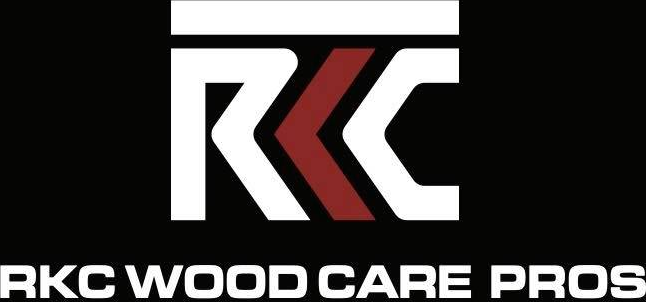
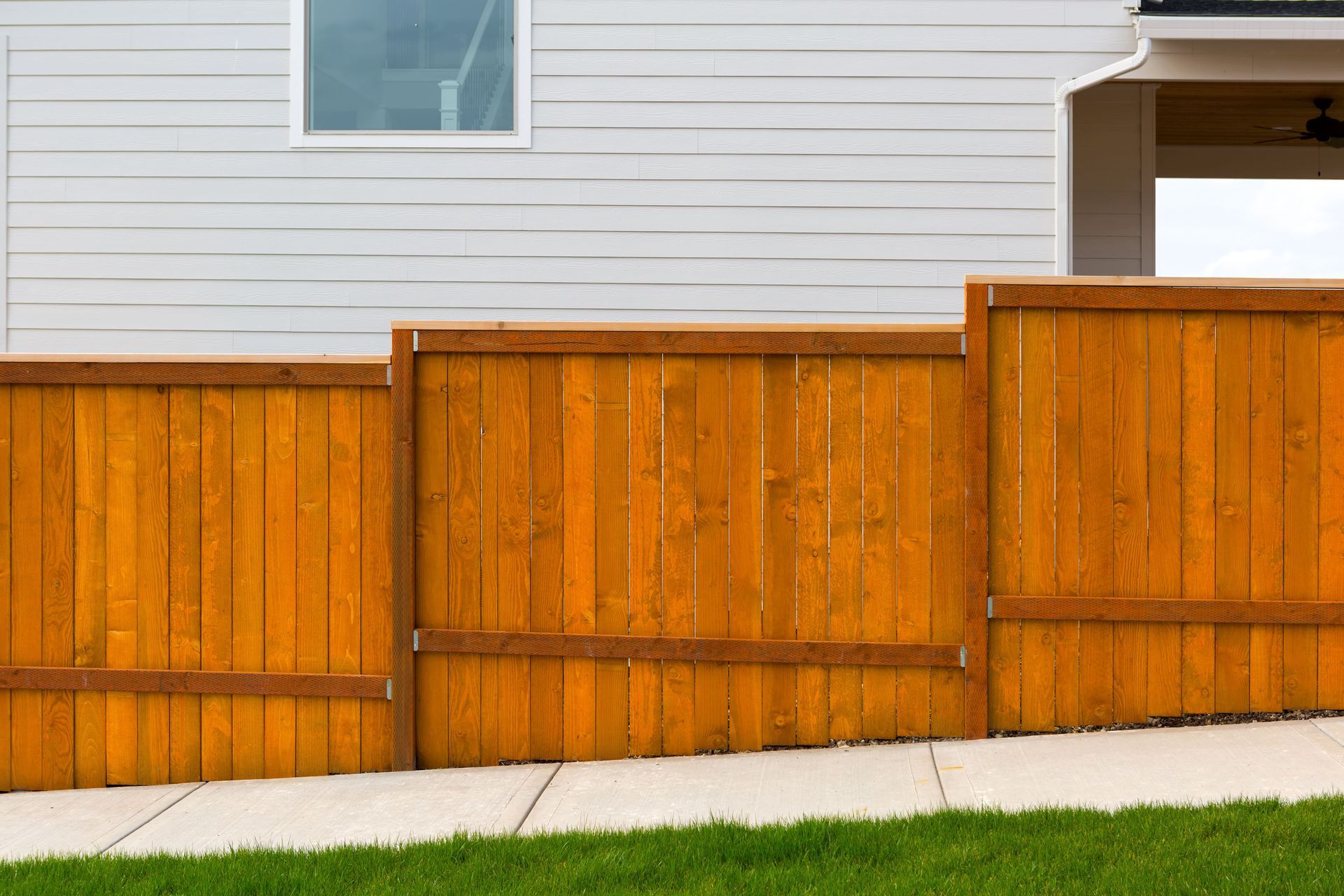
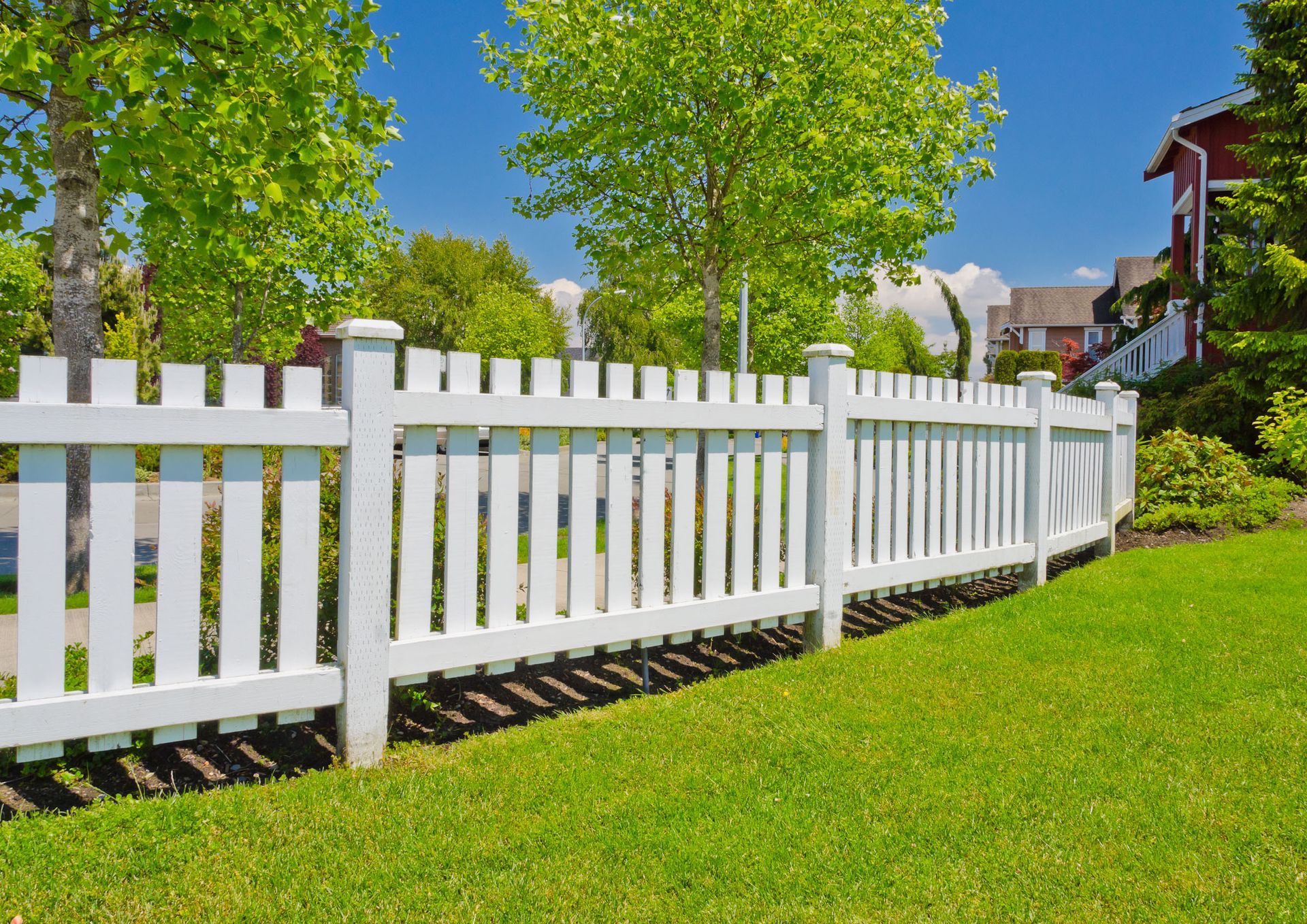
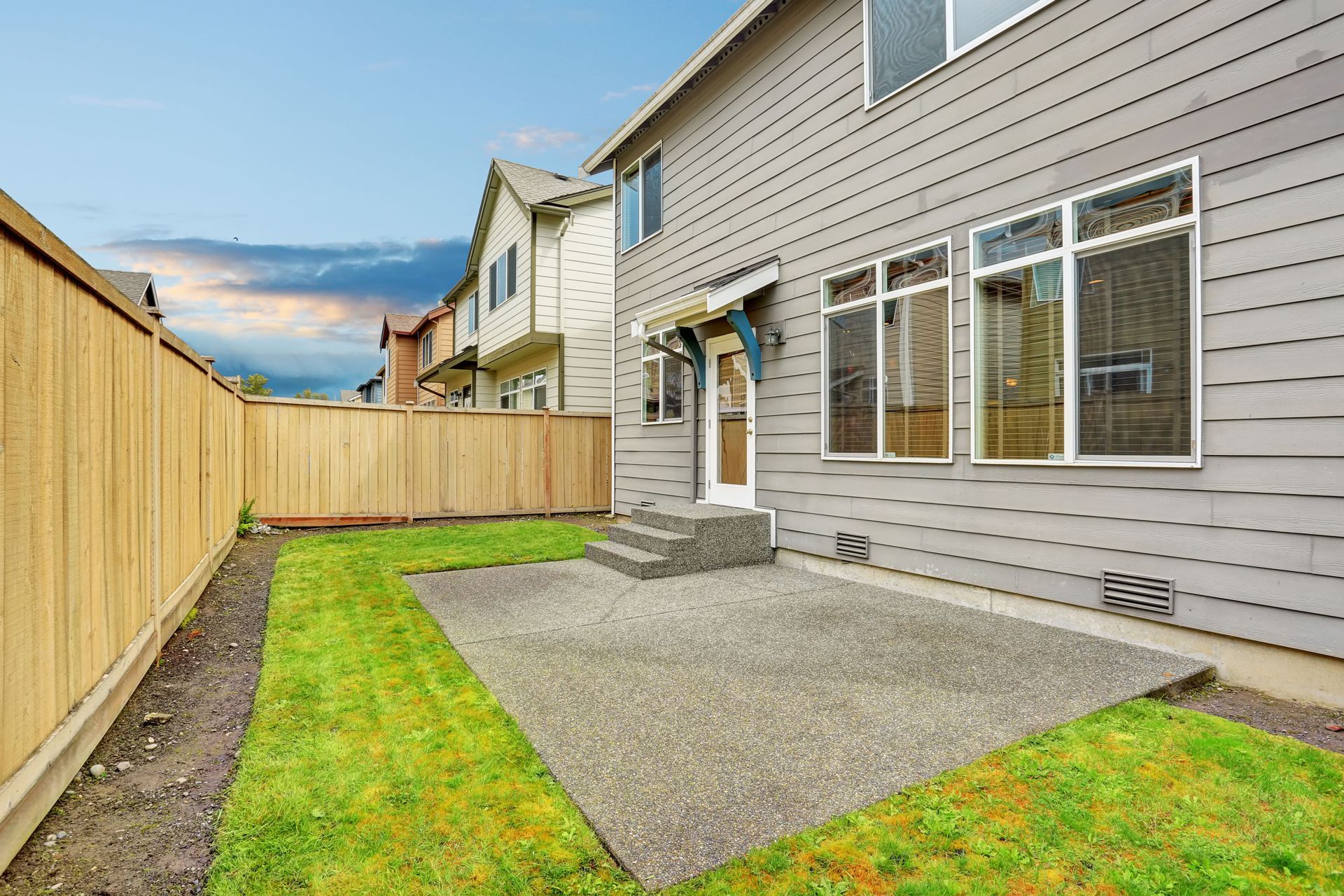
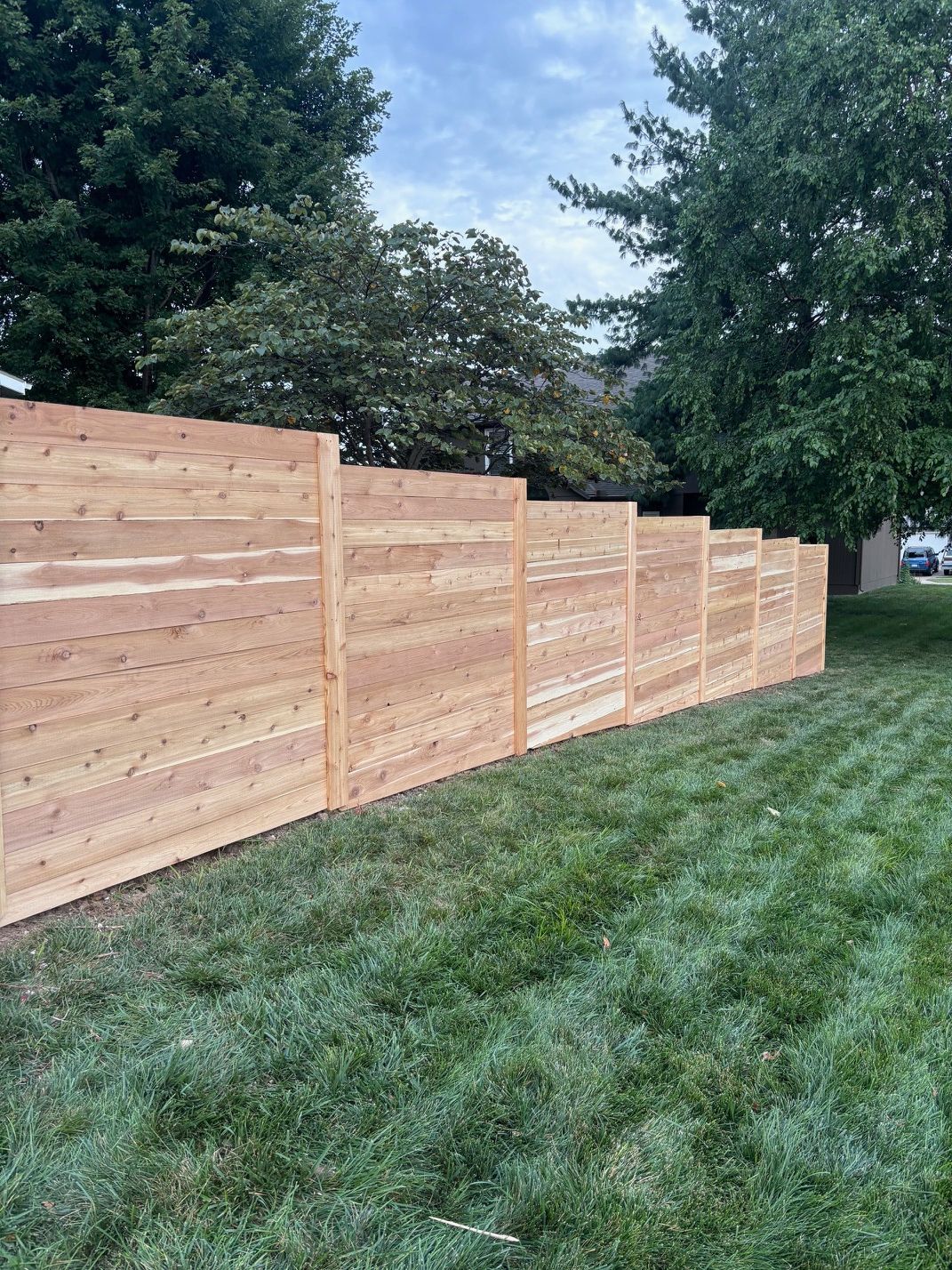
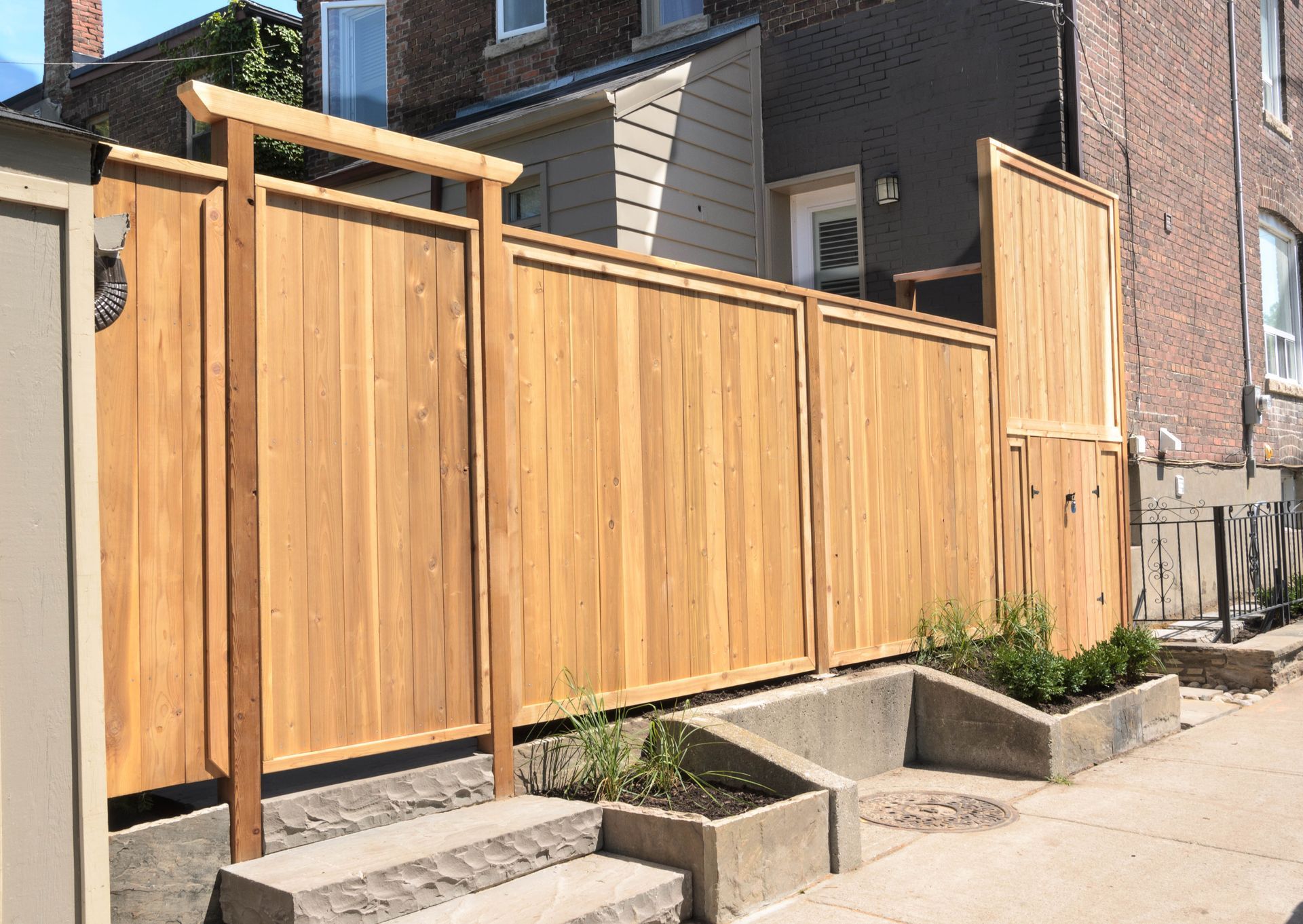
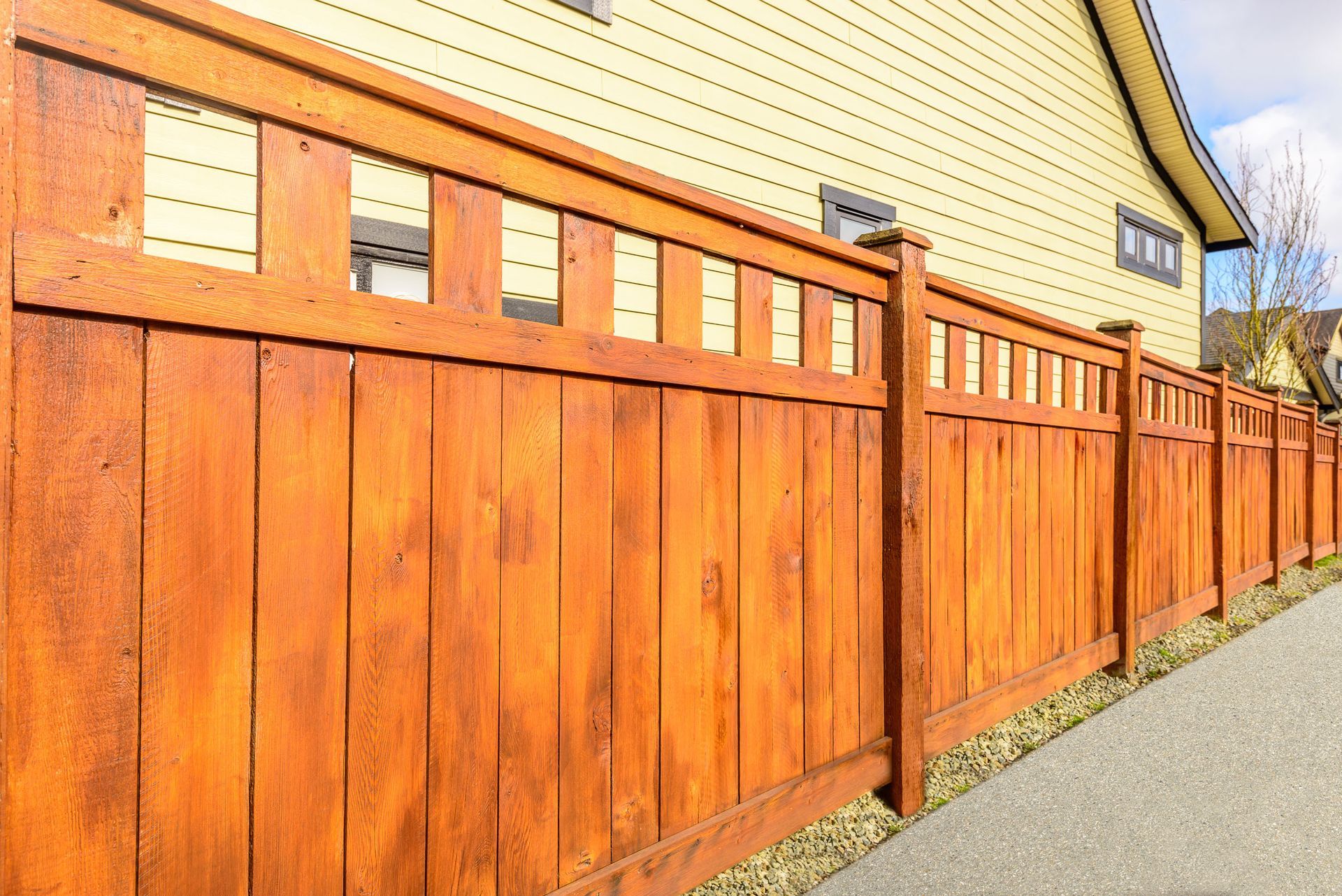
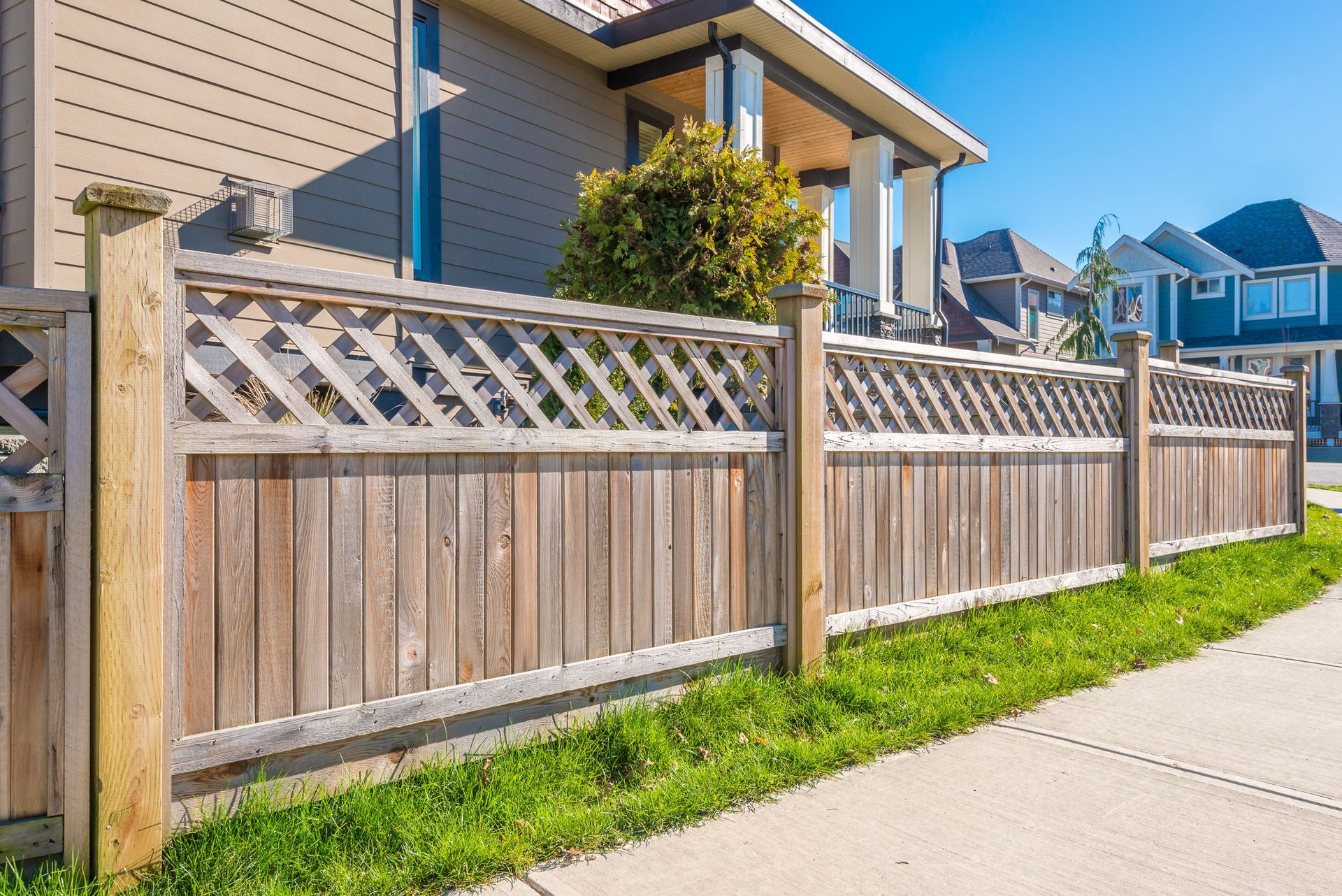
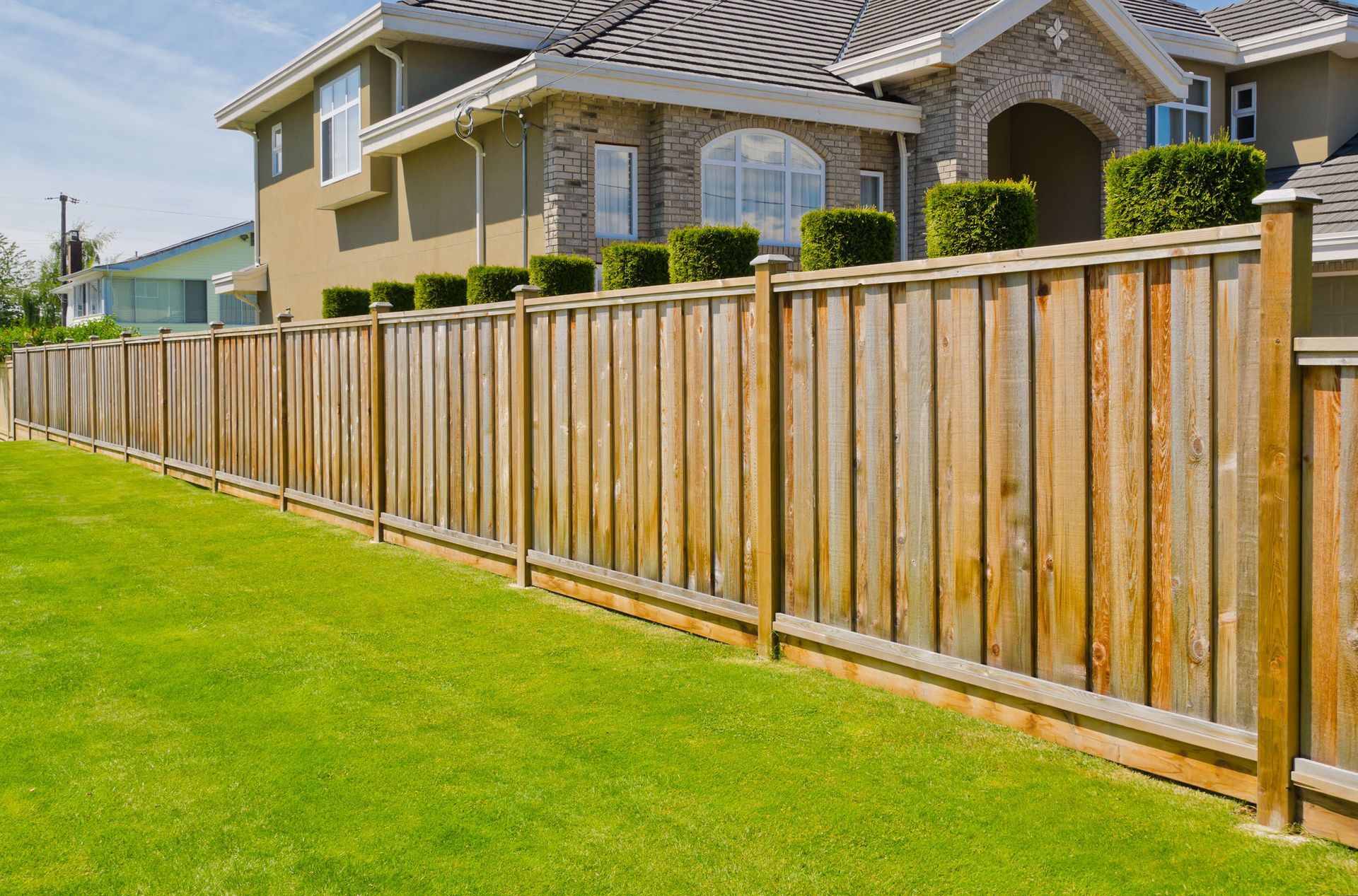
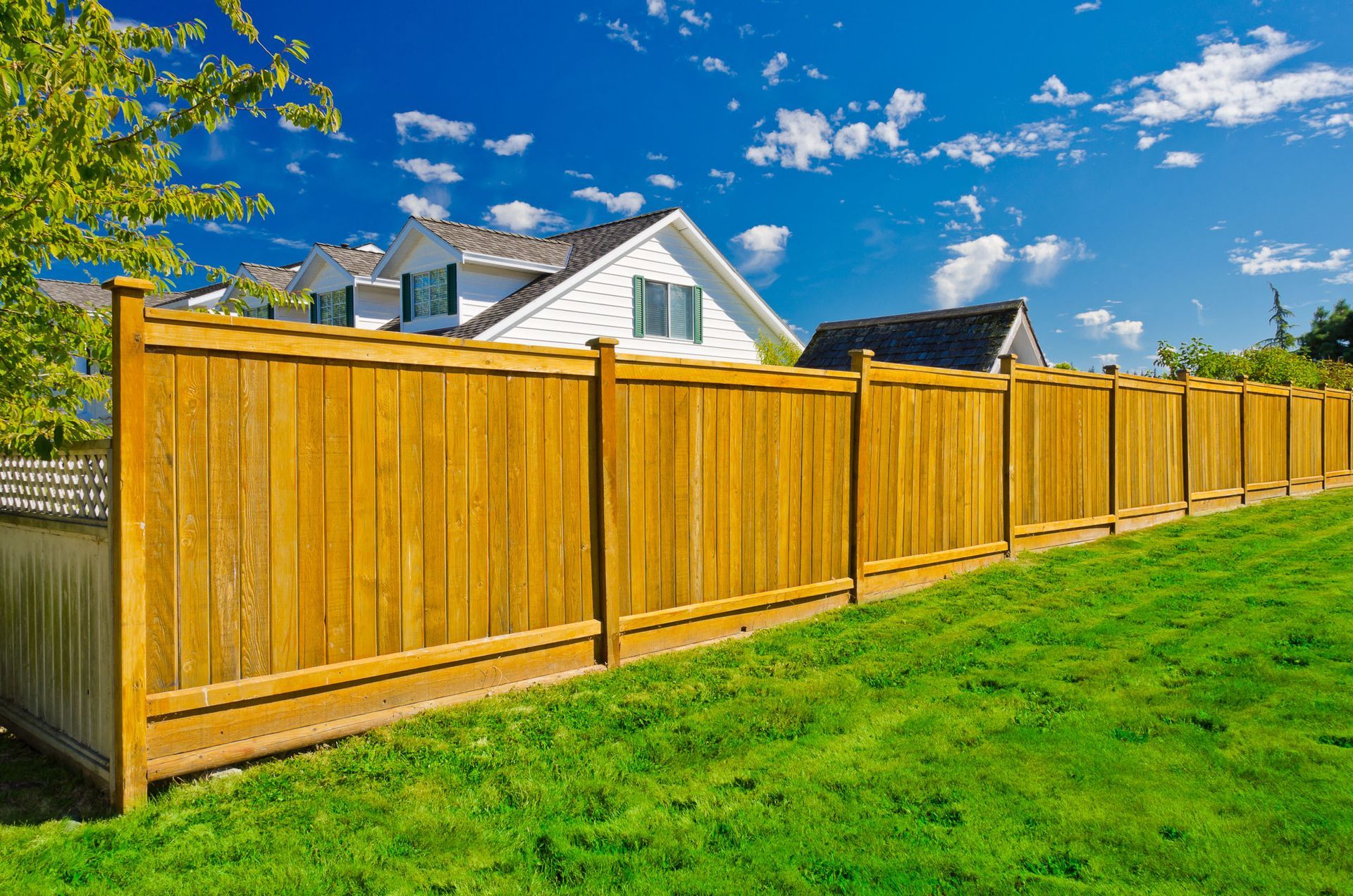
Share On: